When discussing design options with peers and customers, the question of the reasonableness of the system's recovery rate setting often comes up. The essence of the problem is to set the recovery rate has exceeded the upper limit of the recovery rate of the system (limit recovery rate).
On the reverse osmosis system recovery rate, according to the performance of the membrane element and the recovery rate derived from experience can generally be expressed as follows: primary RO system: small system (membrane element less than 6 total) recovery rate is set to 50-75% primary RO system: medium and large system recovery rate is set to 75% secondary RO system: recovery rate is set to 85% + conclusive point is always easier to remember, but there is no qualification of the conclusions are often very misleading as well!
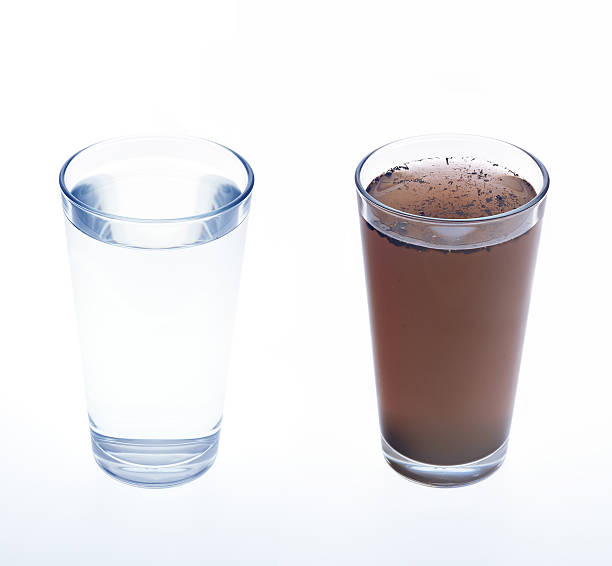
A simple review of recovery rate, concentration factor, concentration polarisation factor
① recovery rate formula: R = Fp / Ff × 100% where: Ff ---- reverse osmosis membrane (system) of the feed water flow (m / h) Fp ---- reverse osmosis membrane (system) of the water production flow (m / h) R ---- reverse osmosis membrane (system) recovery rate
② concentration factor formula: CF = 1 / (1 - R) where: CF ---- concentration factor R ---- reverse osmosis membrane (system) recovery rate
③ concentration polarisation factor β (primary RO) ≤ 1.2; β (secondary RO) ≤ 1.4 Note: the traditional RO membrane recovery of a single membrane element upper limit of 15%, the limit of recovery upper limit of 15% * 1.2 = 18%. In the RO software design system generally take the former as the design standard (more than the alarm).
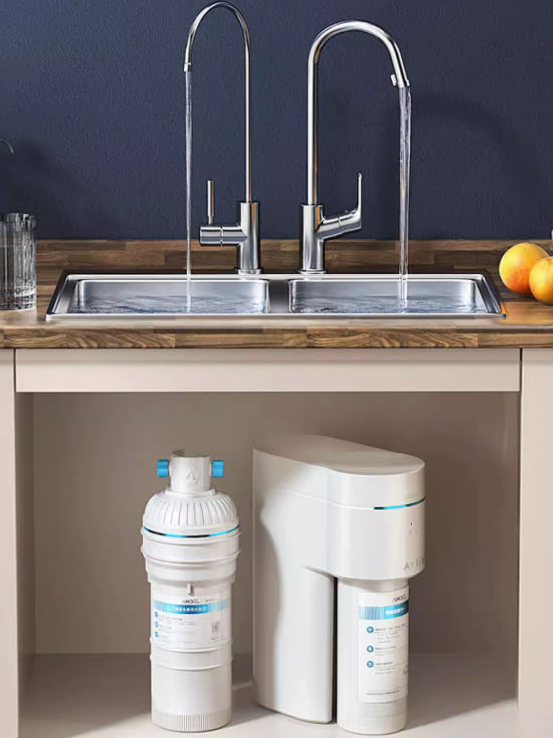
Second, the RO system recovery factors affecting the RO system recovery factors are divided into insoluble salt scaling in principle, the concentration of polarisation, end-element concentration of water flow, balanced membrane flux four parts, the corresponding factors are as follows:
① insoluble salt structure: raw water quality, recovery ratio
② Concentration polarisation: membrane element surface concentration side of the water salt enrichment
③End-element concentrated water flow: enough end-element concentrated water flow to take away the high salinity concentrated water and reduce the risk of fouling on the concentrated water side of the end-element.
④ Membrane flux: balanced membrane flux helps to ensure a more uniform efficiency of the front and rear membrane elements, to prevent the recovery rate of a single membrane element or membrane flux is too high.
Among them ① ② ③ superposition effect occurs in the end of the system membrane element (the last membrane element) concentrate side surface, where the risk of fouling of insoluble salts is the greatest, and the solubility product of the corresponding insoluble salts Ksp is the product of the concentration factor of the raw water * concentration polarisation factor of the quadratic (AB-type insoluble salts, A2B and AB2 for the cubic). Take 75% system calcium carbonate recovery as an example, its concentration factor = 1/(1-0.75) = 4, β = 1.2, CF * β = 4.8, and its Ksp is 23.04 times the Ksp of the raw water (feed water). Considering that ② can be properly solved by short-time low-pressure flushing, and ③ and ④ can be properly solved by reasonably arranging the membrane elements, what often determines the recovery rate of RO system in a conventional system is the scaling problem of insoluble salt. The upper limit of its influence is the superposition of ① ② ③, and the lower limit of its influence is the separate influence of the concentration ratio of the system.
Also take the above case as an example, its upper limit is more than 23.04 times, the lower limit is 16 times. So when we default the system membrane element arrangement in the ideal state, the most important factors affecting the recovery ratio is actually the quality of raw water, especially calcium salts and silicate deposition is dominant. The former is mainly divided into calcium carbonate and calcium sulfate deposition, and calcium sulfate deposition is generally only in the sulfate ion concentration is much greater than the alkalinity plays a decisive role (mostly in the mining industry, industrial wastewater), and vice versa are generally calcium carbonate deposition is dominant, the latter is greatly affected by the temperature and scale inhibitor, and generally do not become the factors affecting the limit of the system recovery rate (with the exception of the water source of silicate-rich water).

We can find that in most cases, the main limitation of the system recovery rate or calcium carbonate scaling, only in the lower temperature and higher silicate content, silicate precipitation will become the decisive factor, and by the scale inhibitor influence (scale inhibitor effect is better). So in the pre-treatment stage does not use the softener, the recovery rate of the system is very difficult to reach 75% (even if the addition of scale inhibitors), and reasonable configuration of the softener (Ca2+ <0.03mmol / L), calcium salt scaling risk is dramatically reduced, the upper limit of the recovery rate of the system at this time are often more than 75%.
III. Conclusions and recommendations (a RO system)
A. Small RO system (the number of membrane elements <6, recovery rate is more limited by the system structure):
① raw water quality is good (tap water, etc.): recommended recovery rate of 60-66.7% (concentration factor of 2.5-3), if necessary, add softening scale inhibition.
② poor raw water quality (water / brackish water, etc.): recommended recovery rate of 50-60%; such as the addition of softening scale device, can enhance the recovery rate to 60-66.7%.
B. Small and medium-sized RO system (6 < the number of membrane elements <20, recovery rate is somewhat limited by the system structure):
① Raw water quality is good (tap water, etc.): the proposed recovery rate of 66.7-75% (concentration factor of 3-4), if necessary, add softening scale inhibition.
② poor raw water quality (water / brackish water, etc.): recommended recovery rate of 60-75%, while adding softening scale inhibitor.
C. More than medium-sized RO system (the number of membrane elements > 20, the recovery rate is almost independent of the system structure, unless the site is limited)
① Raw water quality is good (tap water, etc.): It is recommended that the recovery rate of 75% (concentration factor of 4), while installing softening and scale inhibition devices.
② raw water quality is poor (water / brackish water, etc.): recommended recovery rate of 60-75%, while adding softening scale inhibitor. Remarks: The feed water quality of the second RO system is better, the risk of insoluble salt scaling is low, the upper limit of the recovery rate of a single membrane element is 30%, and theoretically, 3 membrane elements in series can be set to exceed 80% recovery rate.

The above theoretical calculations and empirical conclusions will be more or less with WAVE and ROSA and other design software deviation, accurate conclusions to the software calculations under the conditions of detailed raw water quality shall prevail, the conclusions in this paper are only a simple reference, more than medium-sized RO system, please use the software to design or verify.






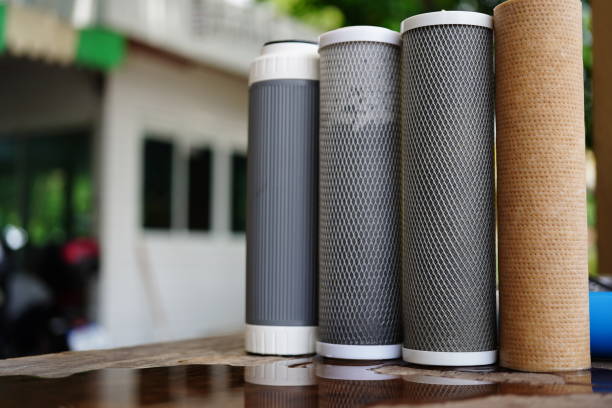 Water purifier purchase guide: filtering method advantages and disadvantages of analysis + cartridge role of the whole analysis
Water purifier purchase guide: filtering method advantages and disadvantages of analysis + cartridge role of the whole analysis
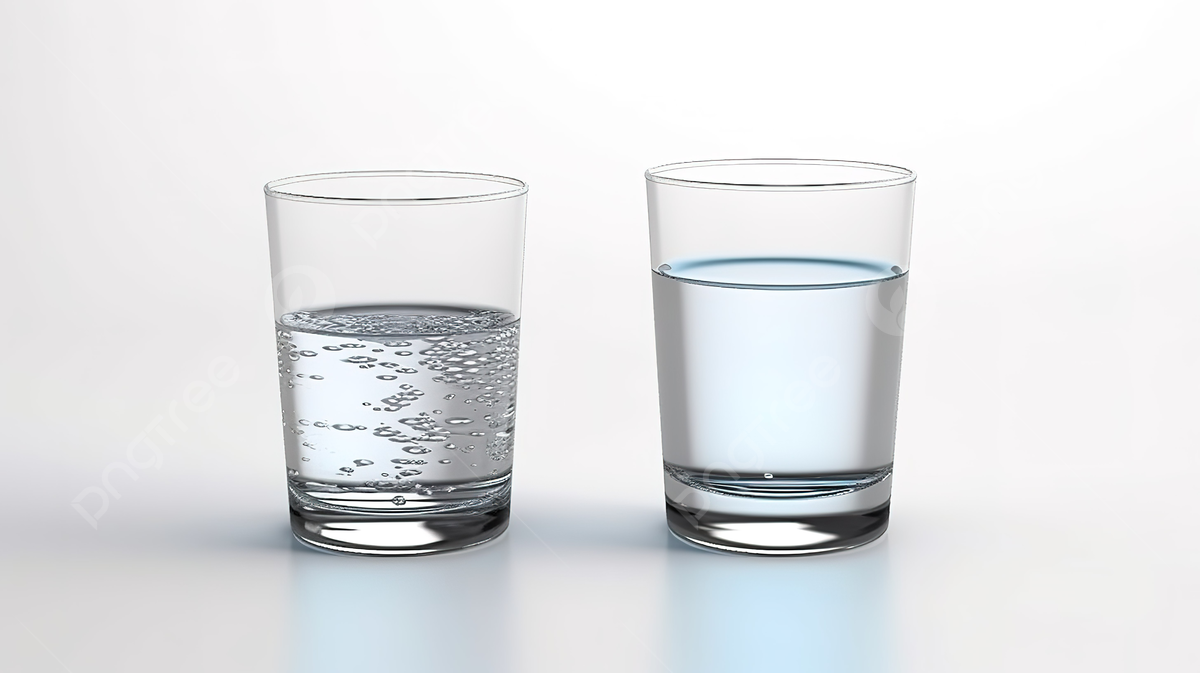 What is the difference between purified and pure water? Does a water purifier drink purified or pure water?
What is the difference between purified and pure water? Does a water purifier drink purified or pure water?
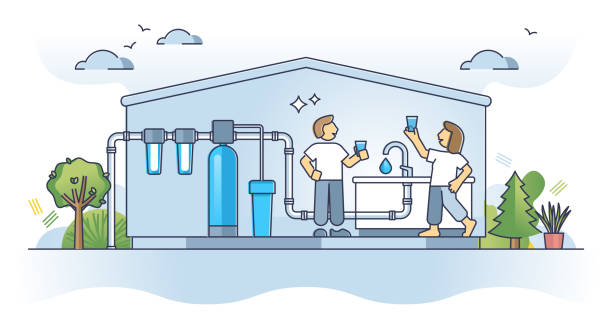 Whole house water purification is “pseudo demand”? 90% of the people are installed wrong! The scientific configuration guide is here!
Whole house water purification is “pseudo demand”? 90% of the people are installed wrong! The scientific configuration guide is here!
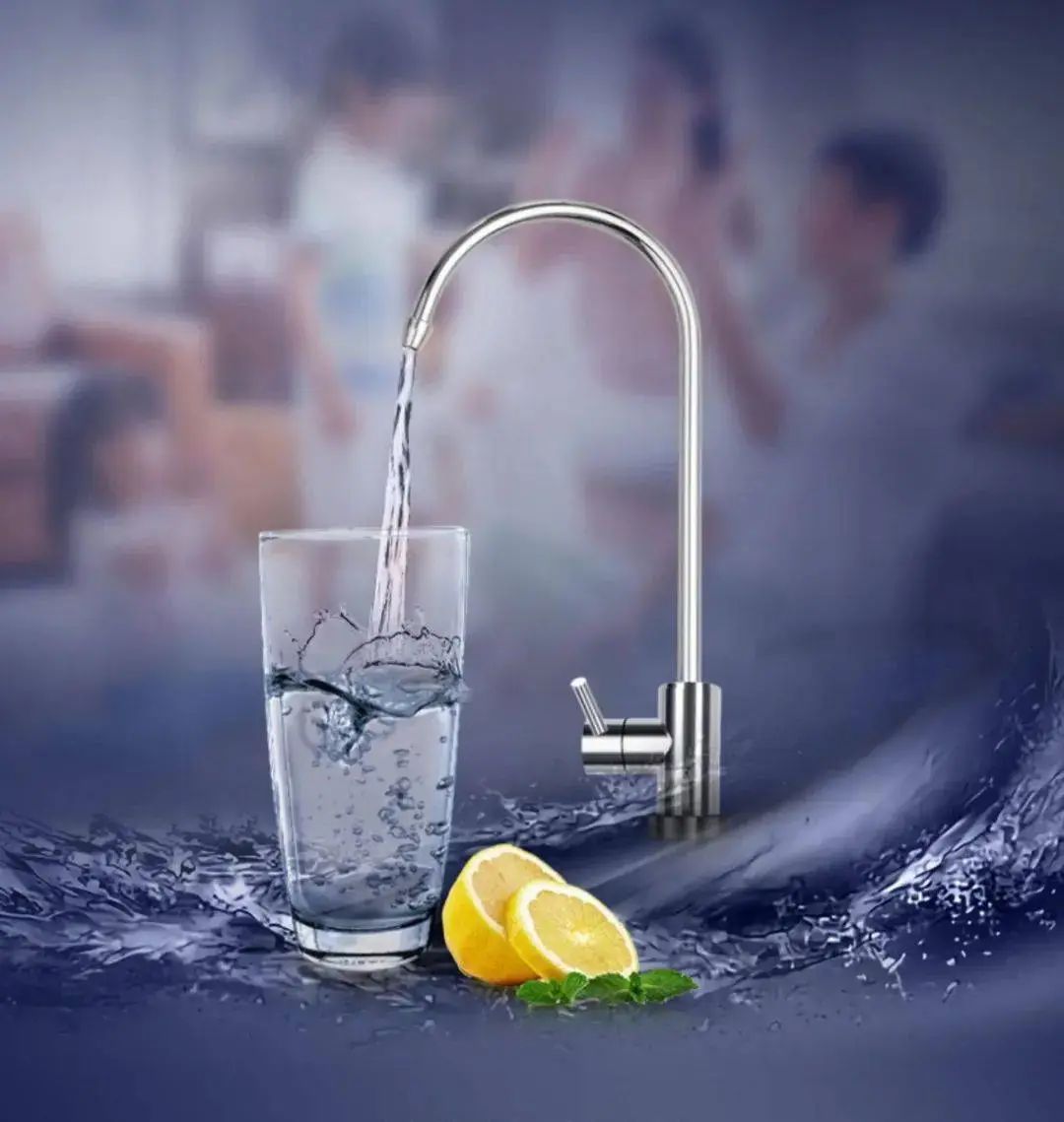 Is a whole house water purification system an IQ tax, or a necessity of life? Read it and you'll understand!
Is a whole house water purification system an IQ tax, or a necessity of life? Read it and you'll understand!